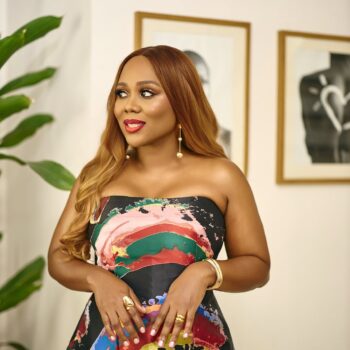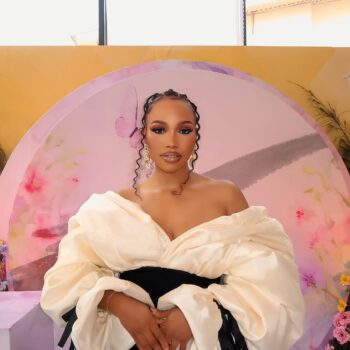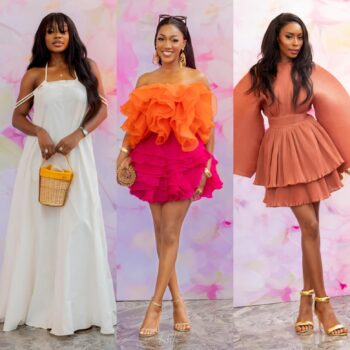When Kiki Kamanu walks into a room, you can’t help but notice and as she says herself:
“It’s not because I want to look different I just don’t know how to look like everyone else in the room.”
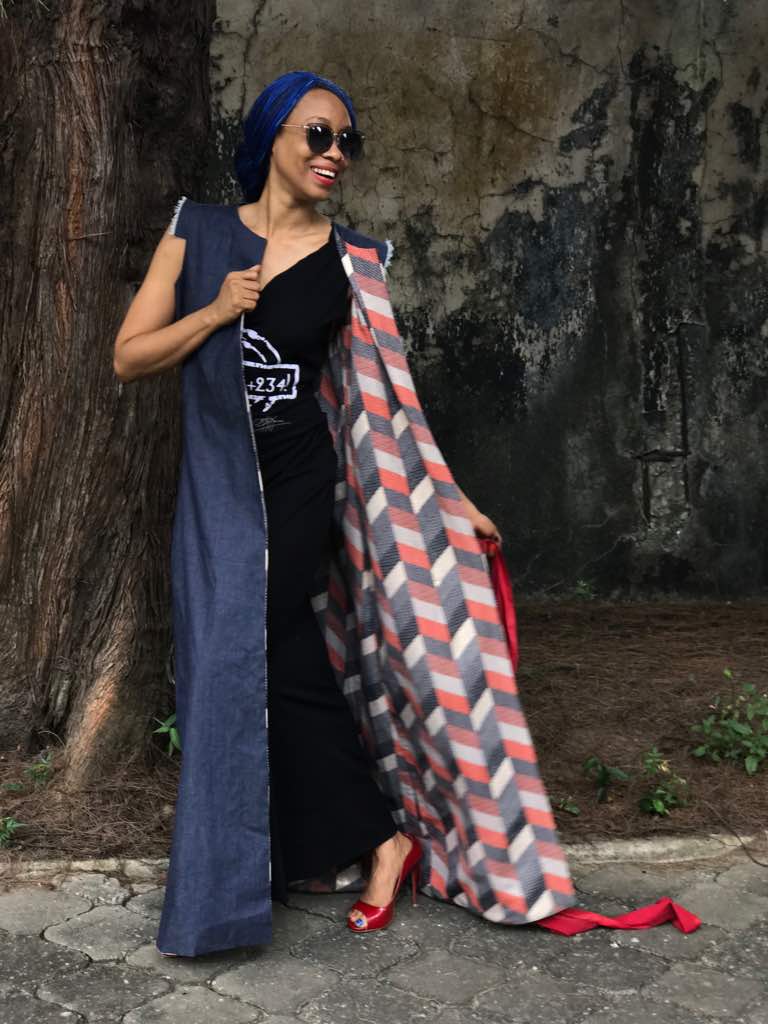
For today’s meeting I am met by a vision in electric blue braids, fuchsia lace ups and her model slim figure enveloped in a black jersey and Ankara column dress of her own design, she exudes the confidence of a woman whose style is first and foremost about pleasing herself, but in the launch of her eponymous brand she has invited others to do the same.
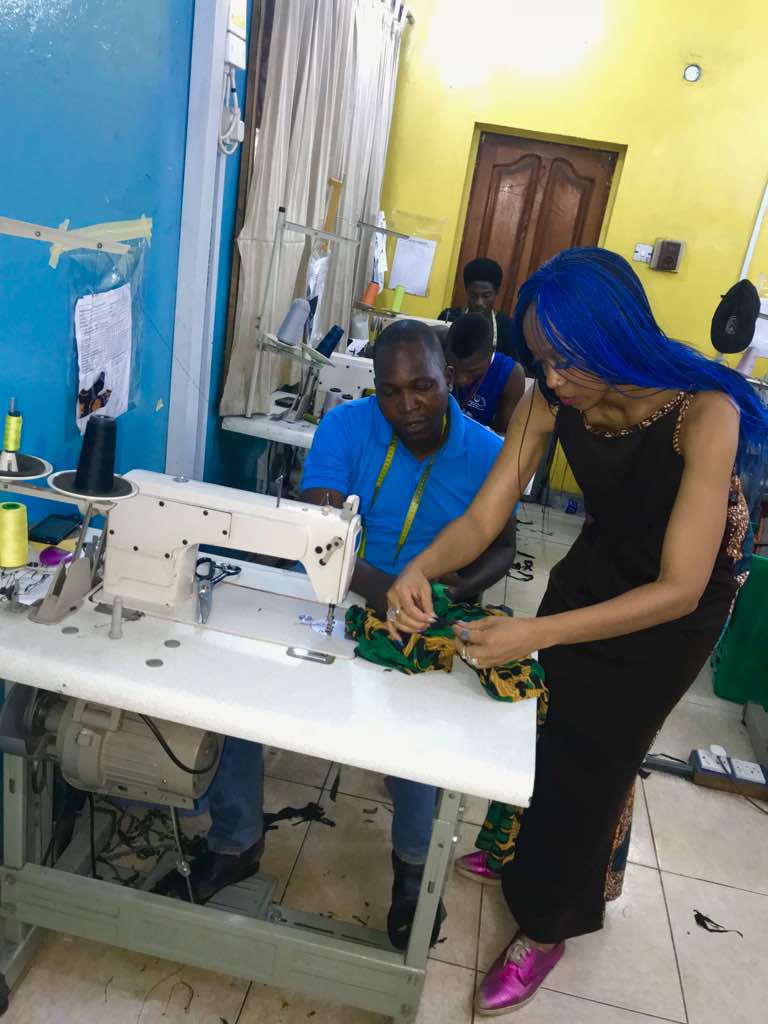
Although there seems to be an element of inevitability in the launch and meteoric expansion of her brand which sells in outlets as far afield as the South Africa, the US and Spain as well as extensively across Nigeria, the Kiki Kamanu story is a tale of passion, serendipity and a multiplicity of careers contributing to where she is today.
“I was working in corporate America, in a very conservative environment as a consultant, even with those black and grey suits I was still able to enthuse some colour and some of my Kiki-isms. And it’s funny because when I did leave to move to New York to start my line all my colleagues said ‘I don’t know why it took you so long to realise that this is what you are supposed to do!’”
The core competencies of a consultant came in handy with Kiki happy to approach strangers to discover why they chose and loved the clothes they wore. This exercise was part of a deeper discourse which was about developing a line that was inclusive in the truest sense and not because inclusiveness has become a trend in fashion be it on the runway, campaigns or in the collections for sale on shop floors:
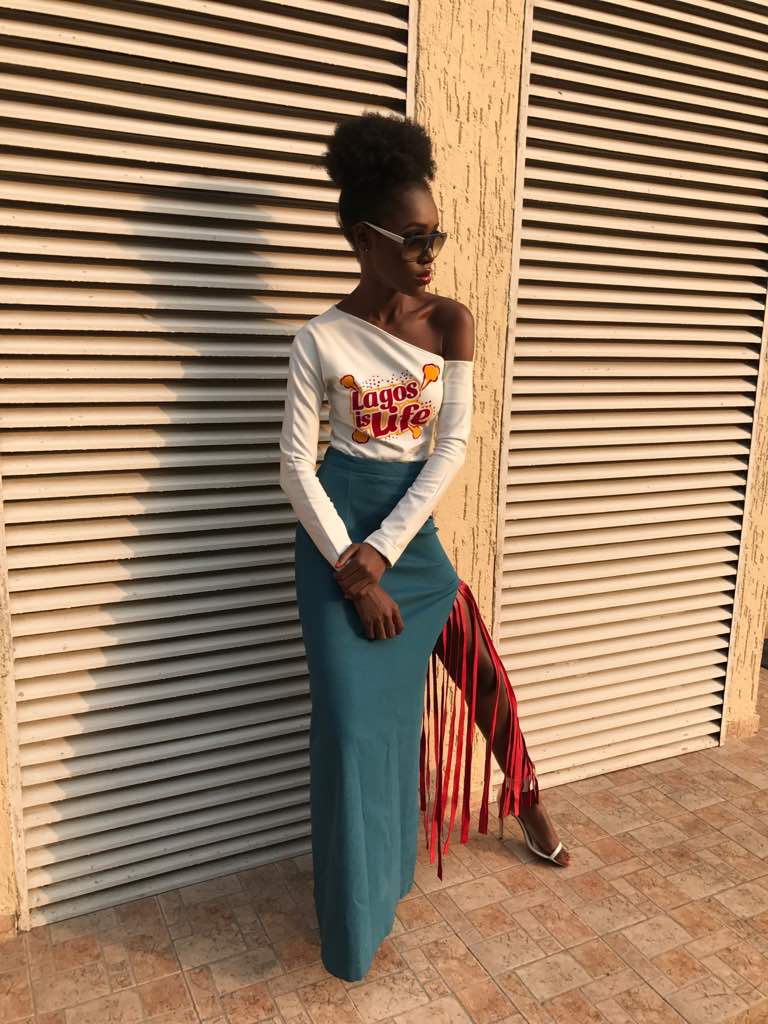
“It is important to me that someone from a size zero to a size 22 is able to look comfortable in my pieces and this informs my design process too. I derive more pleasure from those who don’t look like what you see in Vogue looking great in the pieces. I believe there is power in clothing and there is power in style.”
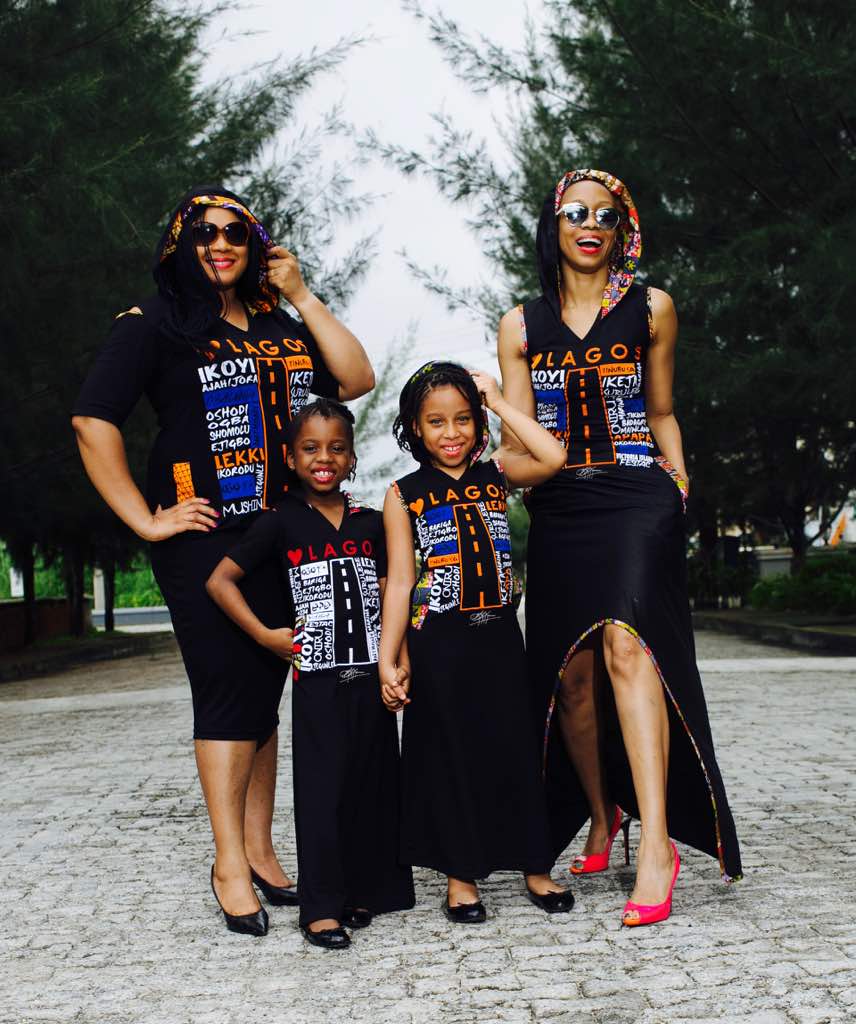
Beyond inclusiveness Kiki has not limited to apparel for women, and includes menswear, children’s in the mix, as well as accessories and homeware. Her renaissance woman approach is inspired by Ziryab, a Baghdad born polymath who lived in the 9th Century and has remained a lodestar for her creative process and her brand essence adding the tagline ‘Blazing trails since 822 AD ‘ to it. Her affinity to him is clear especially in her recounting his story:
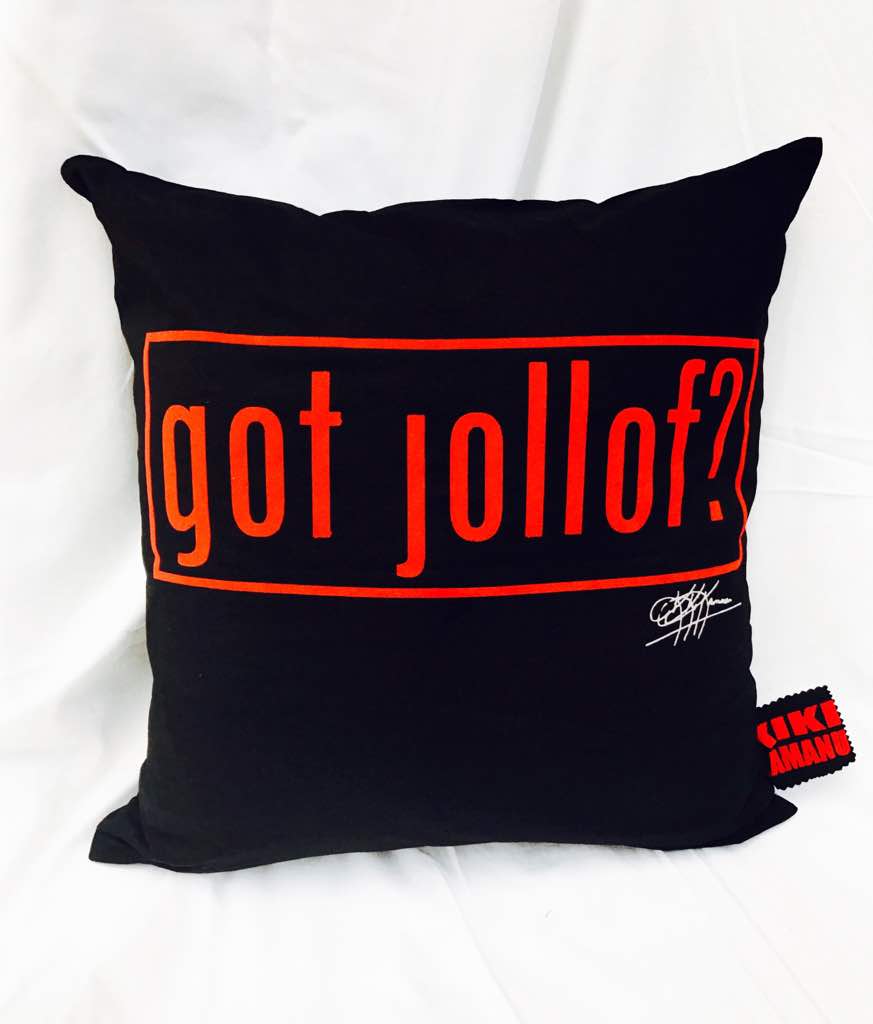
“Ziryab is the one who is accredited with the invention of the modern day Jollof Rice, and the bangs that we wear in our hair, the change of wardrobe per season, the open toe sandal, it’s all Ziryab . He was also an astrologer and an astronomer and a totally altogether amazing dude. But because he was so brilliant, many people in the king’s court were threatened by him and were plotting against him. So he fled one night and moved to Andalucia and there he lived out his days and continued to invent.”
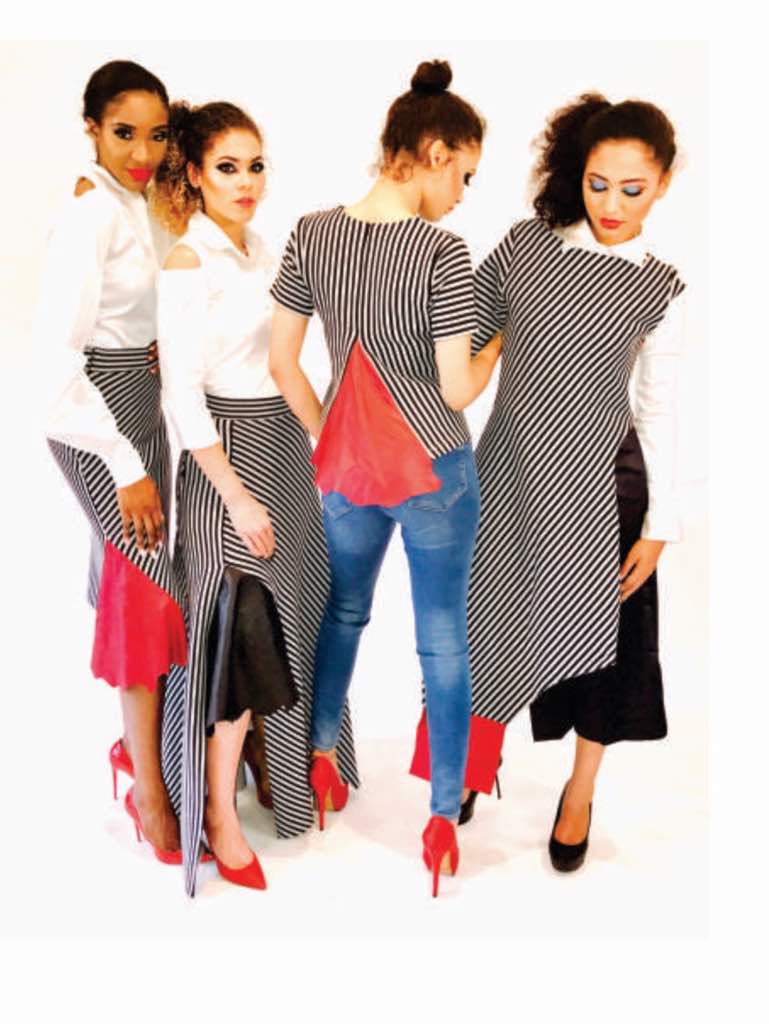
Kiki Kamanu pieces are equally ground-breaking with influences taken from a plethora of places and experiences. From the ath-leisure motifs of the hooded Dresses, through to Japanese enthused play on proportion and asymmetry seen in her separates, through to an eclectic approach to sourcing fabrics which takes her and her team to Paris, New York, Dubai and Balogun Market in Lagos, this is a designer who is keen not to be boxed in by one set of modalities or associated with one specific aesthetic, but rather explore as many avenues as long as they lead to excellence. Furthermore, the approach has resulted in commercial success that many designers can only dream of:
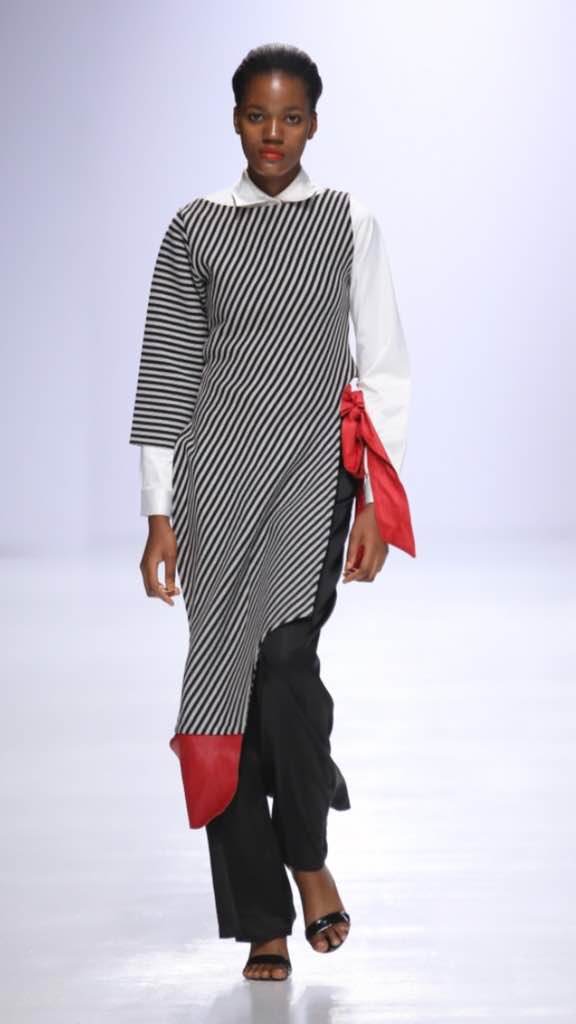
“We have blazed many trails and are credited for many firsts and we have some pieces which are timeless like our ‘Love Lagos’ and “Love Abuja’ and ‘Love Barcelona’ which have literally gone ballistic, I have sold over 1500 in the first year and that was three years ago. I mean we have sent them to up to four continents and it’s still so popular….”
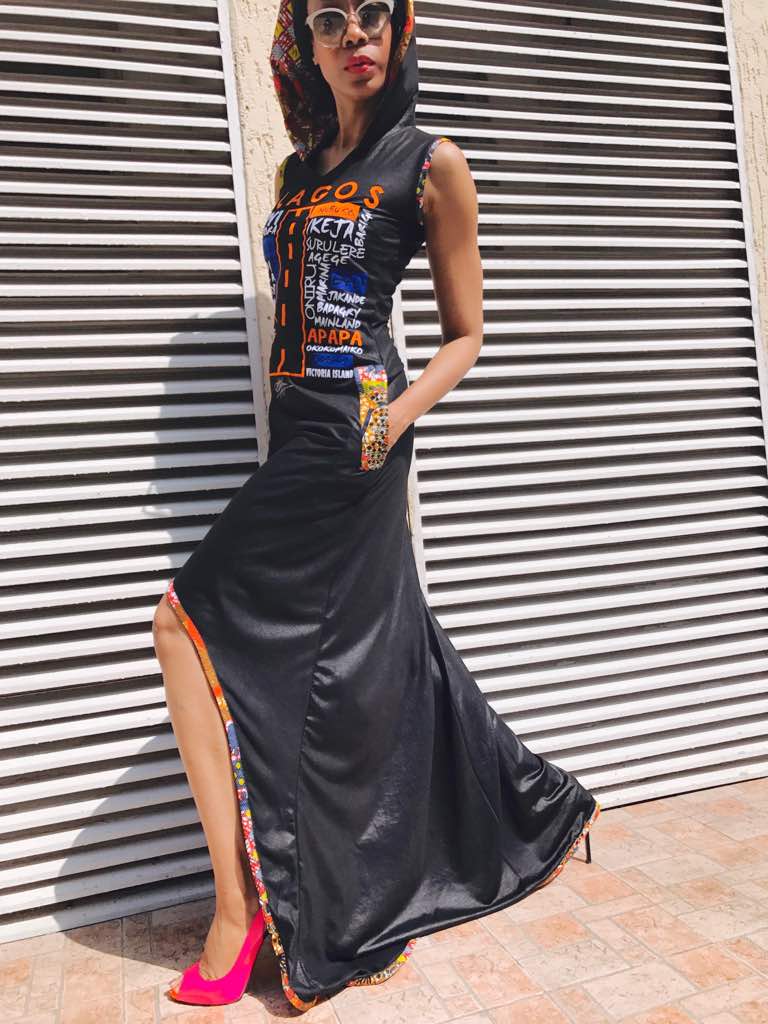
However, when you stay true to your creative vision coupled with possessing a vigorous research ethic and understanding what people want to wear right now, such sales figures become entirely possible.
Returning to Nigeria for a global nomad was an organic process. The global financial crisis of 2009 made New York a more hostile environment for a fledgling brand and a personal desire to spend time with family members also provided a pull. But equally compelling was a desire to upend expectations and produce in Africa and be present for the whole process rather than sending samples to the more popular locations for many Nigerian brands of China and Turkey:
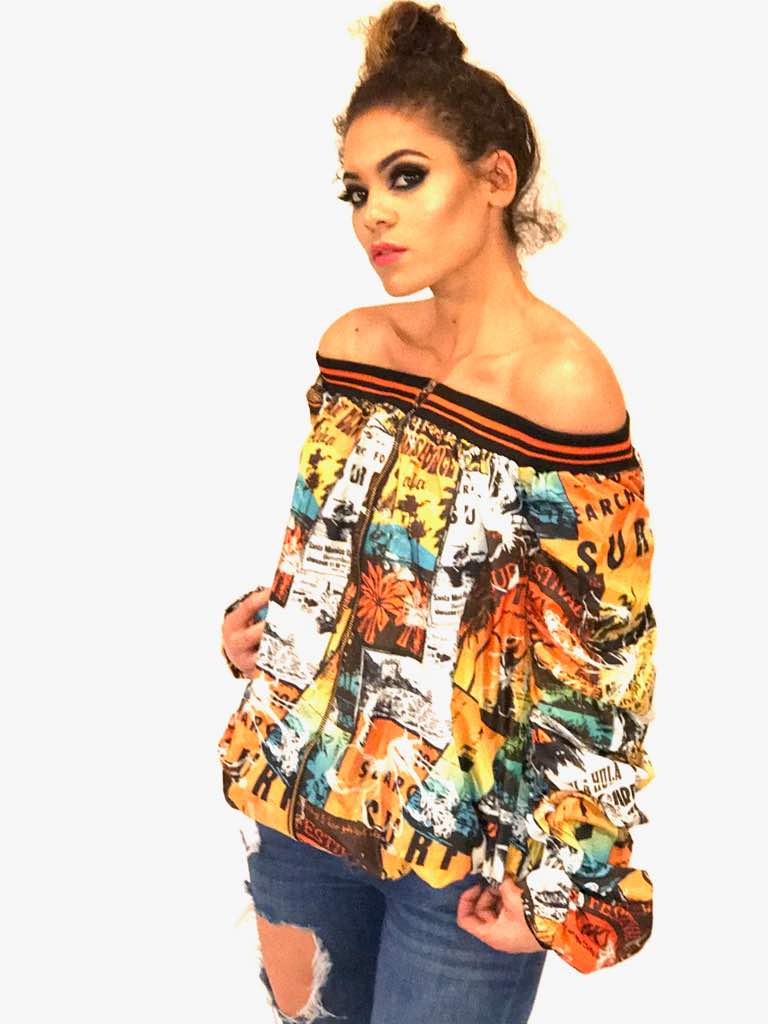
“I set up here in Lagos and it has been challenging and everyone cites the NEPA factor or the fact that the infrastructure is horrible but, putting that aside, in so many ways I am enriching lives. I have got a staff of about sixteen people but indirectly about 50 people because each of these people have dependents. So it’s a huge responsibility.”
By moving production to Nigeria, Kiki was daring to believe that it was not only possible to build a global fashion brand in Nigeria, in spite of existing challenges but also to actively participate in creating a sustainable and developed fashion industry in Africa. However, she is candid in the opportunities that being in Nigeria have afforded her in terms of exposure and acclaim:
“I don’t think I would have done so well in such a short space of time if I had stayed in New York. I don’t think I would have been able to do London Fashion Week or been in Vogue or Glamour or to have met all these amazing people or dressed Brandy, Angela Simmons if I had not been here.”
She has also capitalised on the fact that Lagos and Nigeria overall has a young population; many of whom are passionate about fashion and style and are delighted to have a creative director who is keen to share knowledge and hear their views.
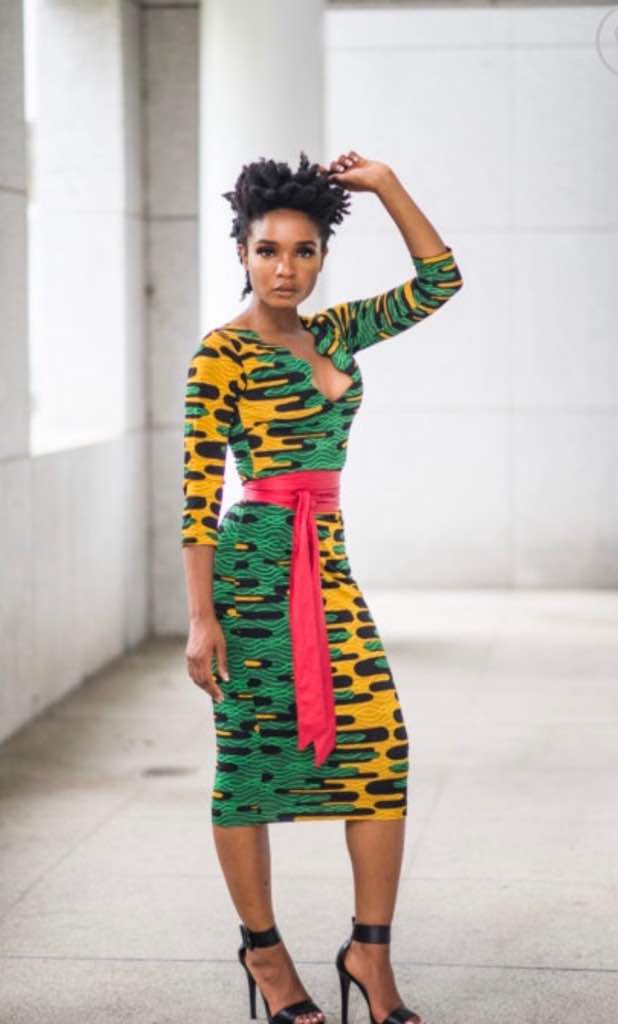
“I have a mentorship programme where I take in people who want to be fashion designers and they stay for six months to two years and they learn everything from production to sales, to accounting, to marketing and the show aspects… And when I hire staff I let them know that they may be younger than me but I don’t have all the answers and we need to learn from one another… Many a time when I am stuck on a design I call everyone into the workroom and I say ‘alright guys so tell me what you would do differently with this garment. ‘And we brainstorm together.”
Creating an environment that fosters co-creation in its truest sense and concurrently playing it forward in terms of mentoring has also meant that the team is fuelled with the twin ingredients for success and longevity: loyalty and dynamism. When I visited the atelier, WizKid was playing on the radio and there was a buzz of people busy but loving every element of their work. However, presenting the Kiki Kamanu brand as a Nigerian brand solicits a surprising response:
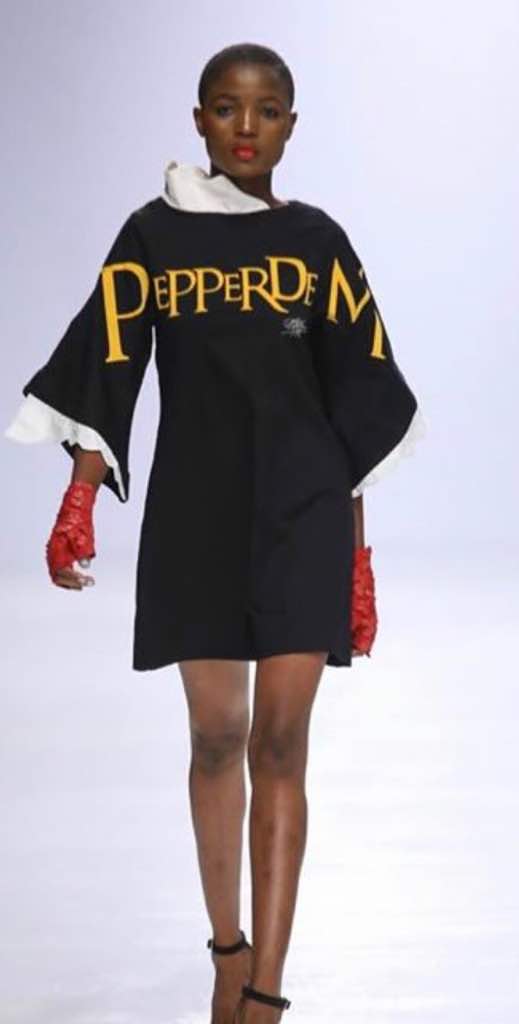
“I don’t see myself as a Nigerian brand. Yes I am half American and half Nigerian but it is not even that. I see myself as just a brand who produces here in Nigeria. I was out two weeks ago at a sales event and two very prominent Nigerian women and they both said ‘but I love this brand, because I have seen so much Ankara everything is so, but this, I love this. So I don’t see myself as a Nigerian designer or brand.”
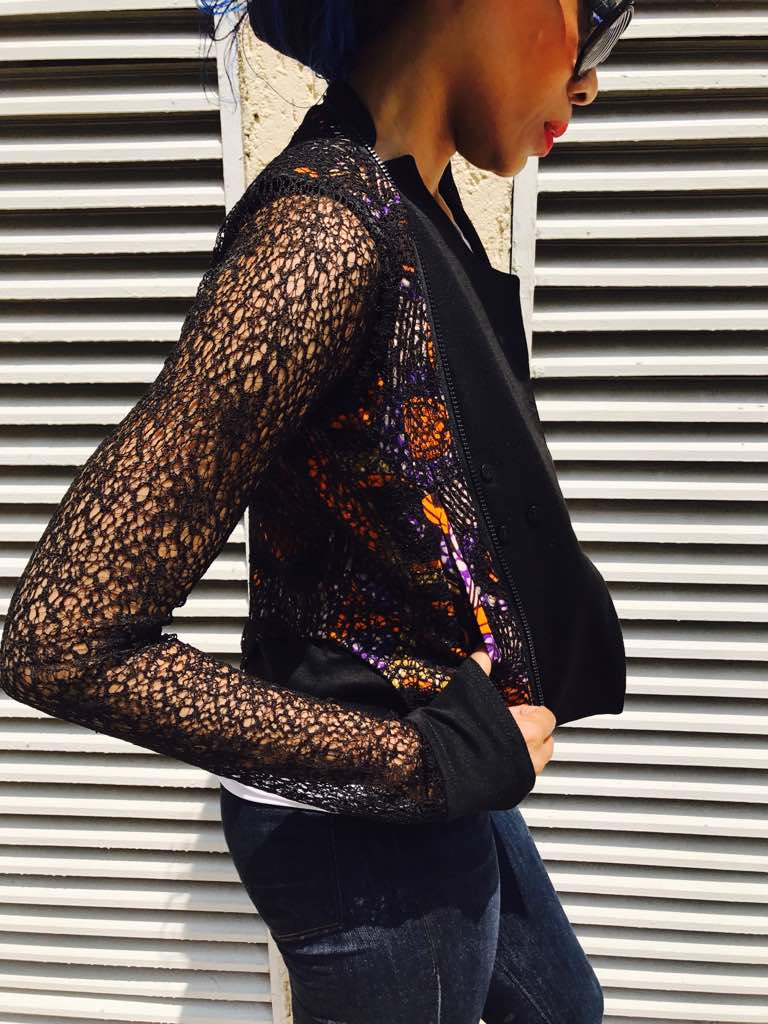
However, it can equally be argued that Nigerian style is no longer governed by a limited design language or a narrow selection of motifs. Just as Nigeria has the cultural hegemony on the continent, influencing popular culture and aesthetics from the Cape to Cairo, it cannot be reduced to one or two aesthetics. Printed silks, slinky jersey, graffiti print cotton and lace, they are all up for discussion and inclusion. And there is a celebratory and positive element in all Kiki Kamanu pieces, be they women’s, men’s or children’s that could be argued is the essence of being Nigerian. Certainly in choosing to produce here and share her expertise and know-how she has done much for the country and when I posit this to her she nods in recognition. Perhaps, in the doing it can be all too easy to not acknowledge the feats achieved on the journey.
I cannot leave without digressing onto the Kiki Kamanu runway shows, which have become a legend in their own lifetime with Kiki herself closing the show with a walk (nearly always the fiercest) of her own. Below, a throwback from LFDW 2017 with her muse Uju Marshall. What was the genesis of the model perfect walk (clue she was one) and why close each show this way:
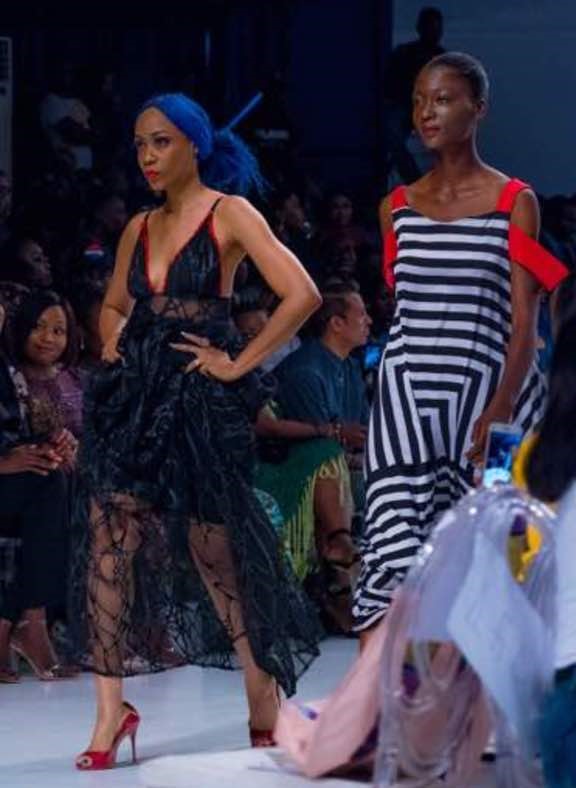 “I have walked for quite a few people. It is something that came naturally to me, trying to best represent the designer’s clothes on the runway. I have walked for Gucci, Chanel, I am smiling because I am remembering those first shows and how even now when I do it at my own shows I am always nervous and have butterflies in my stomach before I go on. But it is very important for me to do my final runway walk at the end of the show because for me it is only 30 seconds but it’s my time and I see some designers who just come out for 2 seconds and bow and leave, but it’s your time to shine.”
“I have walked for quite a few people. It is something that came naturally to me, trying to best represent the designer’s clothes on the runway. I have walked for Gucci, Chanel, I am smiling because I am remembering those first shows and how even now when I do it at my own shows I am always nervous and have butterflies in my stomach before I go on. But it is very important for me to do my final runway walk at the end of the show because for me it is only 30 seconds but it’s my time and I see some designers who just come out for 2 seconds and bow and leave, but it’s your time to shine.”
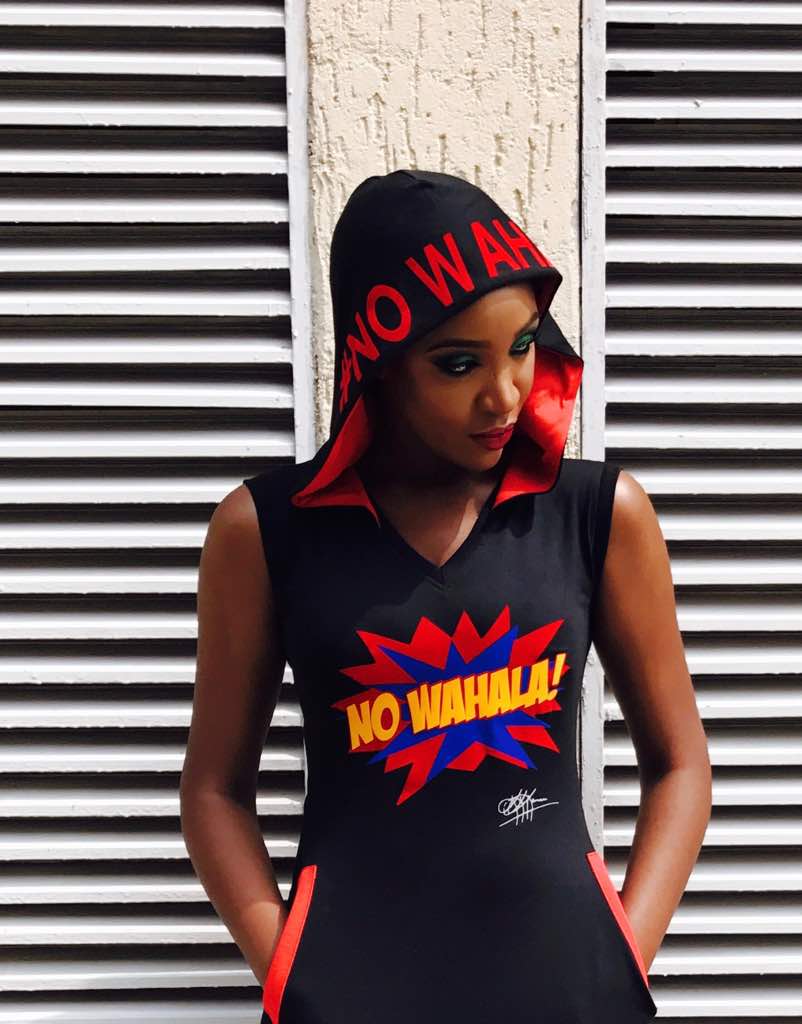
Shining, owning your amazing, daring to be different, and walking to the beat of your own drum. This is to be Kiki Kamanu, and for those who choose to participate, this is you too.

